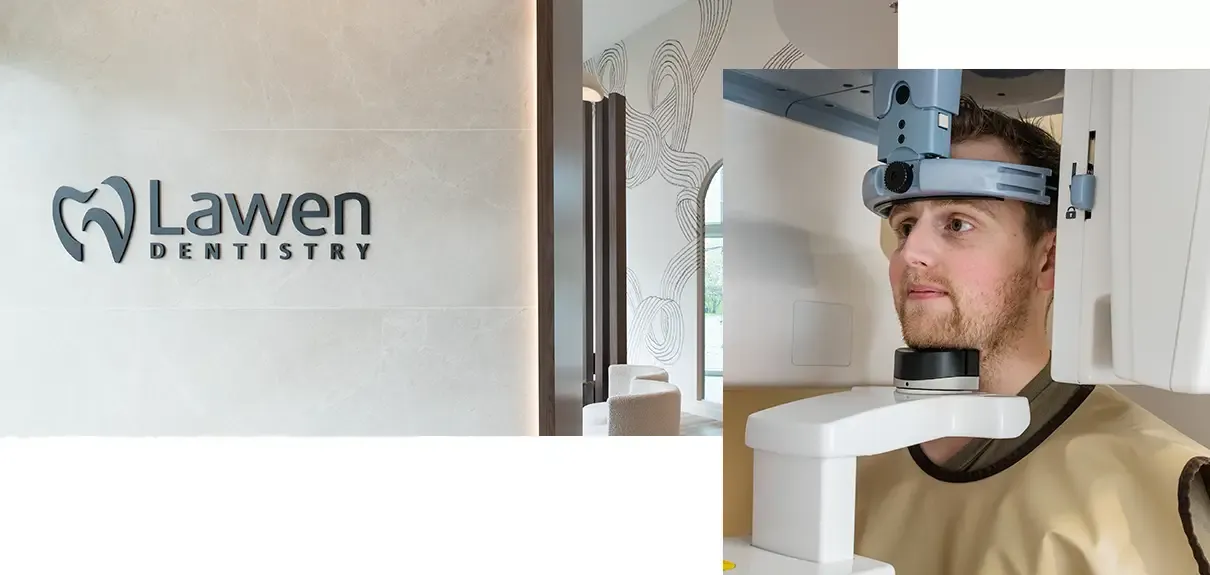Root Canal Treatment in Halifax
Root canal treatment saves a damaged tooth from being lost and prevents potentially dangerous infections. Learn more about this often-misunderstood but important procedure.

Why Do I Need a Root Canal?
If a tooth is damaged, cracks or cavities can penetrate through the enamel and reach the vulnerable inner tissues of the tooth. This can result in a bacterial infection. If the infection isn’t treated, it can spread to other tissues surrounding the damaged tooth. This can lead to gum disease, loss of the tooth, and other complications.

How Does Root Canal Treatment Work?
Treatment consists of removing the inner tissues of the tooth (the pulp), treating any infection present, and preventing further infection. The procedure is done by making a small hole in the tooth and removing the pulp with special tools. Then the inside of the tooth is cleaned and disinfected, and the hole is filled and sealed. After treatment, the tooth can be restored with a crown.
Are Root Canals Painful?
Root canals are done under local anesthesia, so the treatment itself is painless. You may experience local pain and sensitivity following treatment similar to having a tooth filled. Over the counter pain medications may provide relief from post-treatment discomfort.

Frequently Asked Questions
How do I know if I have an infection in or near my tooth?
Common symptoms of infection include sensitivity to pressure, heat and cold, sore or bleeding gums, or a sharp toothache. Infections can also occur without any symptoms, so it’s important to see your dentist for regular dental examinations.
How long does root canal treatment last?
A restored tooth should stay healthy for a lifetime if it isn’t injured or damaged by decay. The crown may need to be replaced every 10 to 20 years.
How do I care for the tooth and crown after my root canal?
Your restored tooth is still vulnerable to tooth decay, so brush and floss it just as you would your natural teeth.



